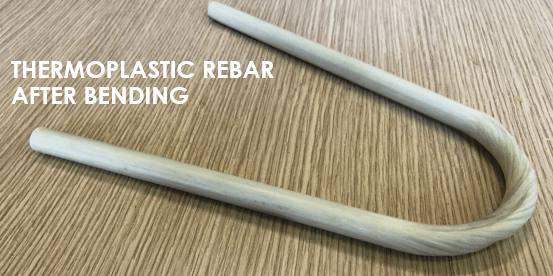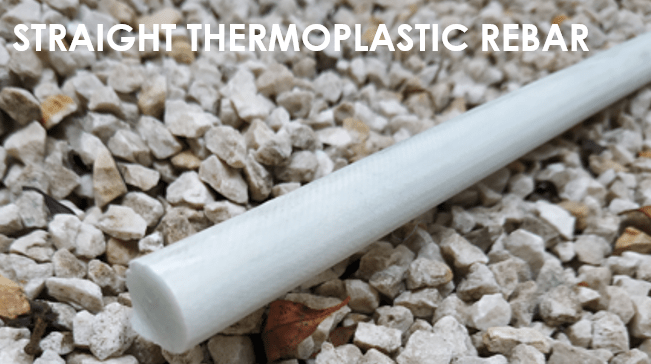Today, in the construction sector, 2 types of rebars are being used: steel rebars and composite rebars. Steel rebars are widely used to reinforce concrete structures, whereas composite rebars are often a technically and economically interesting alternative for speciality civil engineering buildings in severe conditions of use.
Current steel and composite rebars imply 2 major drawbacks:
1) Steel Rebars are sensitive to corrosion, which increases maintenance costs and can reduce the lifespan of structures.
2) Composites Rebars have to be bent at a manufacturing site which leads to a lack of flexibility logisitic-wise at the construction site.
Currently, the use of thermoset composites makes bending complex. Unlike steel reinforcements that are bent on site, the bending of composite rebars must generally be carried out in the factory, before the irreversible hardening of the resin. The sets of straight and bent rebars are then shipped to the construction site.
This procedure leads to a lack of flexibility in case of modification of the initial plans of a building site.


